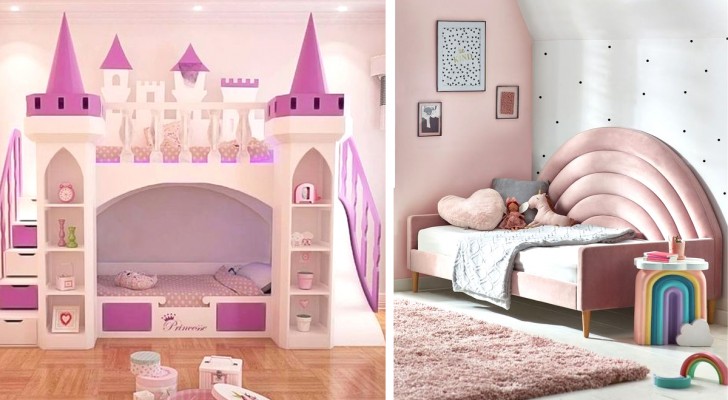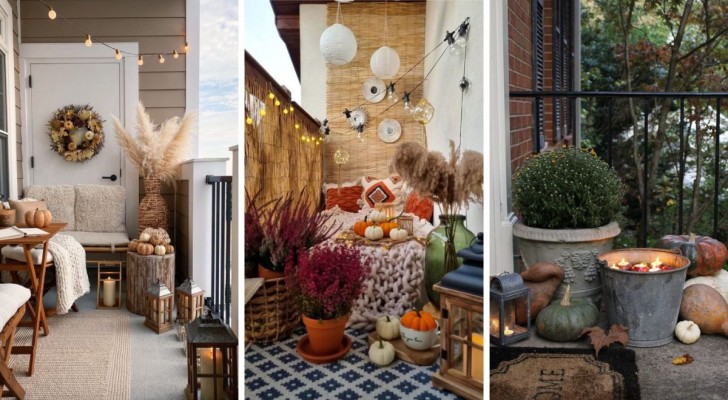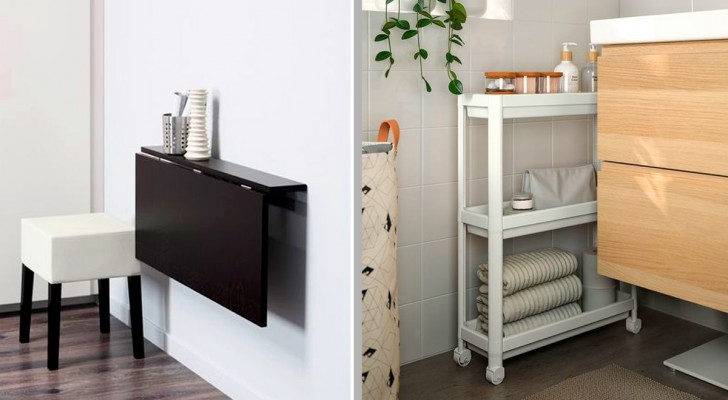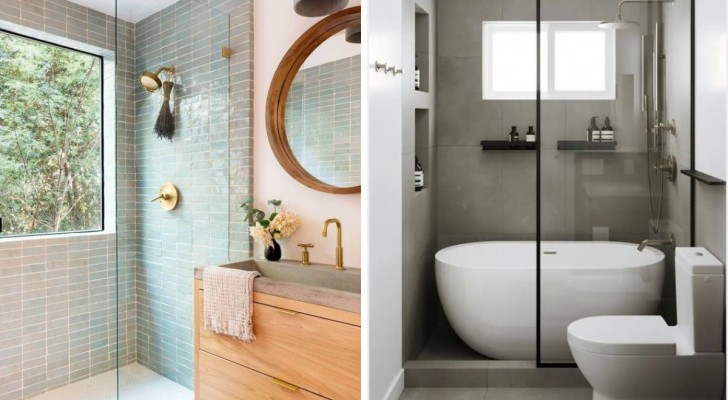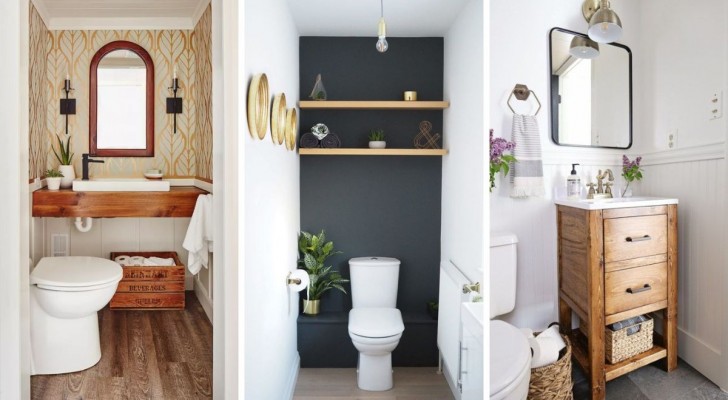Flue-less, built-in fireplaces: evaluate these models
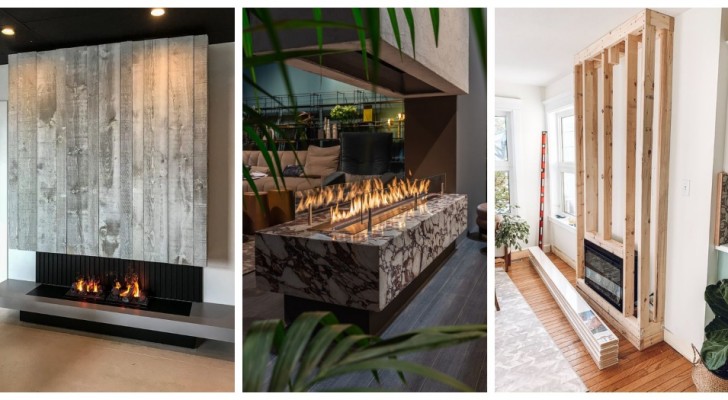
There is something eternally magical and welcoming in seeing a fireplace lit in the living room - a feature that immediately becomes the heart of the room, the one around which we all gather. And nowadays, there are super-smart design solutions that can adapt to any need and space.
From brick fireplaces and the bulky stoves of the past, we can now choose various types of flue-free fireplaces which are installed recessed (perhaps also integrated which the furniture). In this manner, you could, for example, mount a TV above it without worrying about the chimney.
In short, fireplaces can become part of the furnishing and a true focal point. Read on to find out more:
Electrical fires
Electric fireplaces do not involve combustion, so there is no fire. To imitate the appearance of the flames, LED lights are mounted around the heating elements. They are useful because they require very little maintenance and are generally affordable. They are quite simple to install, and around them, you can put up various items, even wooden structures.
The special glass always remains cool, so as to make them safe for children and animals.
Water (or water vapor) fireplaces
These are the ones that best mimic the look of real flames. They are powered by the electricity from the house and, of course, they work using water. Water is used to produce a very fine mist that reflects the light so as to give the impression of flickering flames. They allow great freedom in terms of design and installation (which is quite simple) in the home, so that they are aesthetically very popular with home owners.
Bio-ethanol
Ethanol (or bio-ethanol) fireplaces are those that have real flames, which are produced by the combustion of an alcohol-free, liquid fuel. You pour the fuel into the tank, light the fire with a long-barreled lighter, and that's it. There are built-in or freestanding models, and their beauty is guaranteed (and all without you having to deal with smoke and unpleasant odors).
Gas fires
There are also gas fireplaces that use natural gas or propane. As they don't have a chimney, they burn less gas and have lower emissions. They are recommended for very large, well-ventilated rooms, and it is always advisable to consult the local regulations about their installation.
Gel fires
Similar to ethanol or gas fires, gel fireplaces work with cans of fuel which have a denser consistency than the liquid used in the others. They are also used for braziers which are placed outside. But other options are becoming increasingly popular for the interior of houses.
Around the various types of fireplaces - depending on the type - you can choose to build walls in wood, plasterboard and brick. In all cases, it is necessary to use fireproof materials. Which model do you prefer?
